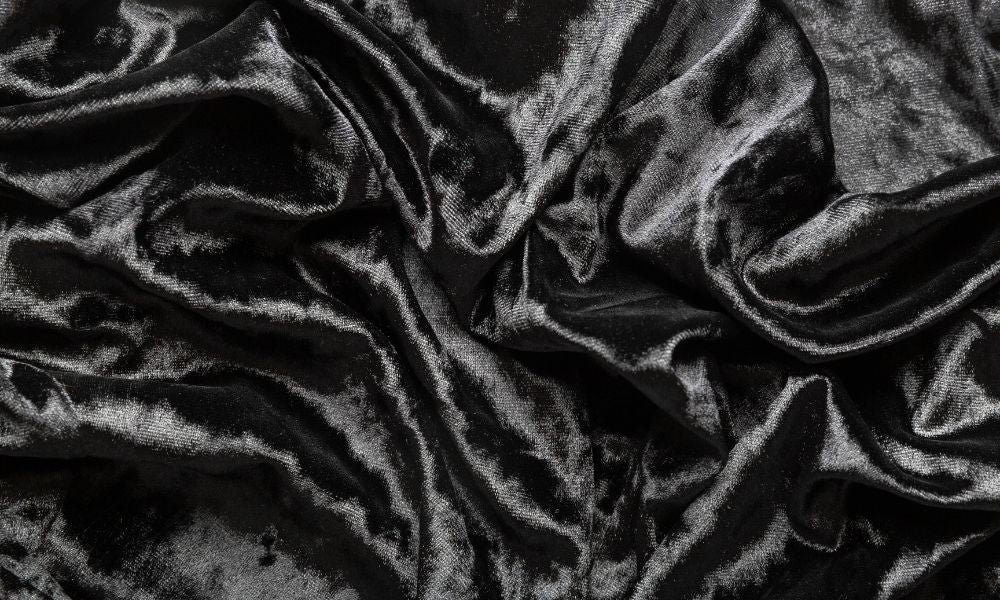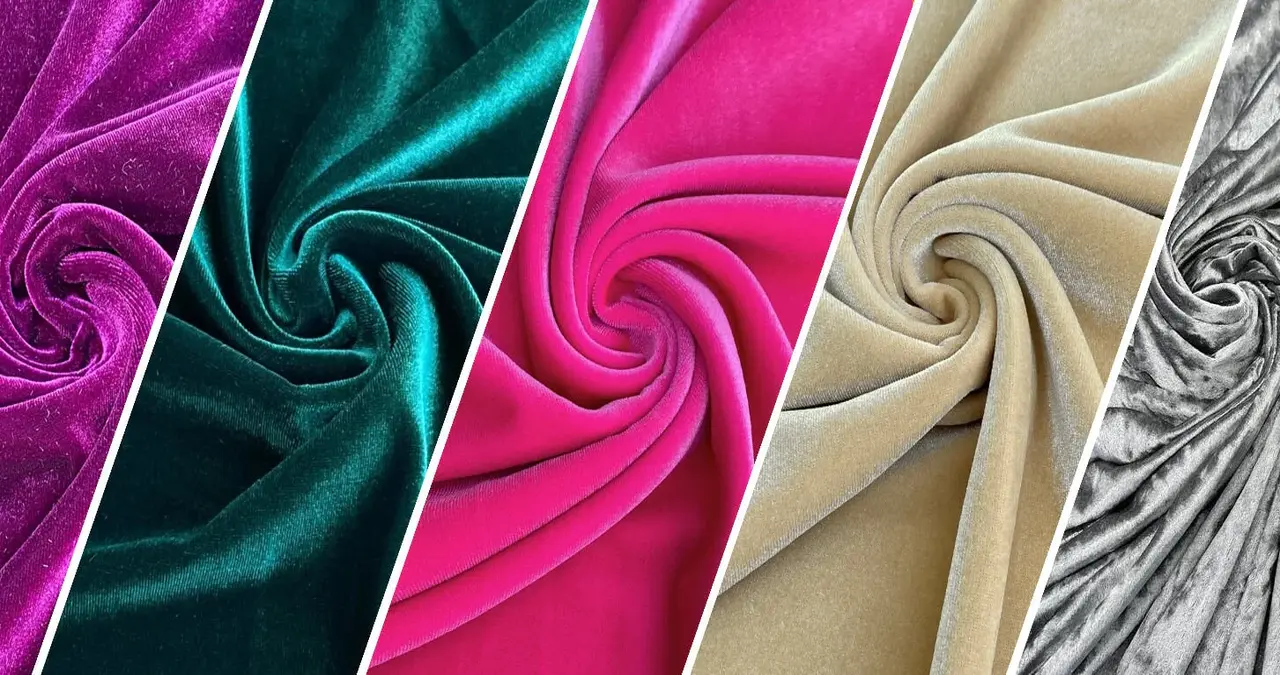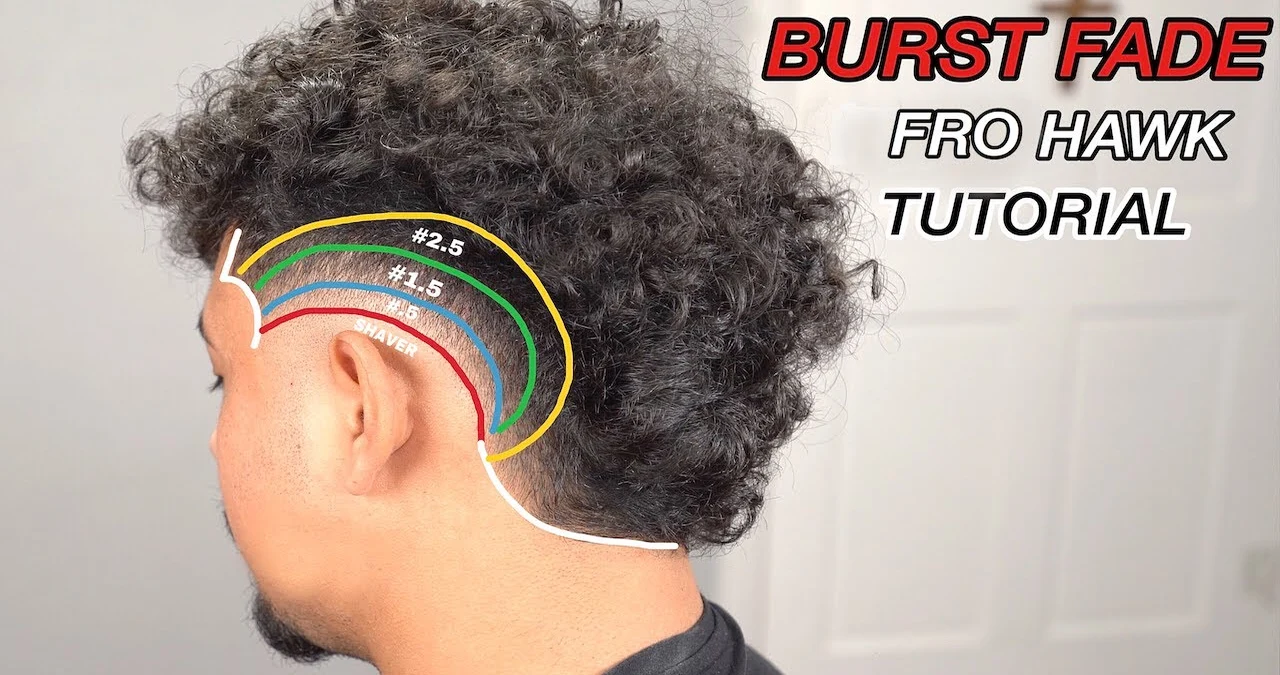Discover everything about velvet fabric including types, uses, care tips, and styling ideas. Dive into this complete guide and learn why velvet remains a top choice in fashion and decor.
Introduction to Velvet Fabric
Velvet fabric has long been associated with royalty, luxury, and timeless beauty. Its rich texture and lustrous sheen have captivated the fashion world and interior designers for centuries. Whether it’s used for clothing, upholstery, or accessories, velvet fabric never fails to make a statement.
Velvet is more than just a soft fabric; it carries history, craftsmanship, and elegance in every thread. The depth of its pile and the way it catches light make it one of the most visually dynamic materials around. It’s one of those rare textiles that manage to be both classy and cozy at the same time. And believe us, once you start using velvet, it’s hard to go back.
What is Velvet Fabric?
Velvet fabric is a woven, tufted fabric with a dense pile that gives it a distinctive soft feel. Traditionally made from silk, velvet is now commonly produced from synthetic or blended fibers like polyester, rayon, and nylon. This fabric is known for its luxurious finish and is often used in high-end fashion and home decor.
The term “velvet” doesn’t actually refer to the material itself but rather to the structure of the weave. A velvet weave is created by weaving two thicknesses of the fabric simultaneously, which are then cut apart to create the signature soft pile. This pile gives velvet its famous plush surface and soft touch.
History and Evolution of Velvet
Velvet has a rich history that dates back to ancient civilizations. The earliest records of velvet fabric trace back to China around 403 BCE, but it was during the Renaissance in Europe that velvet truly flourished. It became synonymous with wealth and prestige.
Royalty and aristocrats across Europe were known for their velvet robes and capes. At that time, velvet was made almost exclusively from silk, making it prohibitively expensive and accessible only to the elite. Over time, the development of more cost-effective production methods made it more widely available.
Types of Velvet Fabric

Velvet fabric comes in many different types, each offering its own unique qualities and visual appeal. Here’s a breakdown of the most popular kinds of velvet:
Crushed Velvet
Crushed velvet has a unique texture created by twisting the fabric while it’s wet. This results in a varied, shiny appearance with lots of light reflection. It’s often used in clothing and fashion accessories.
Crushed velvet offers a more relaxed and edgy vibe. It has a slightly crushed appearance, giving it more visual movement. If you want velvet with an extra dose of character, this is your go-to.
Stretch Velvet
Stretch velvet contains spandex or another elastic fiber, making it more flexible. This type is perfect for form-fitting clothing like dresses, leggings, and bodysuits.
It’s ideal for fashion pieces that require movement and comfort. Stretch velvet combines the glamour of velvet with the wearability of stretchy fabrics, making it great for both casual and formal wear.
Embossed Velvet
Embossed velvet is created by applying heat and pressure to the fabric, resulting in beautiful patterns and designs. This decorative type is commonly used in upholstery and luxury accessories.
The tactile and visual elements of embossed velvet make it perfect for statement pieces. From floral motifs to geometric designs, the possibilities are endless.
Panne Velvet
Panne velvet is mechanically pressed to create a high sheen and flat pile. It’s often confused with crushed velvet but is smoother and glossier.
This version of velvet has a shiny, almost wet look, and is commonly seen in eveningwear. It’s the kind of fabric that catches the light just right on a dance floor.
Silk Velvet
Silk velvet is the most luxurious form of velvet fabric. It has a rich, deep luster and is incredibly soft to the touch. This type is often used in couture fashion and high-end interior decor.
Silk velvet is rare and expensive but unmatched in its elegance. If you’re after the ultimate velvet experience, silk velvet is it.
Synthetic Velvet
Most of the velvet fabric on the market today is made from synthetic materials like polyester. While more affordable, synthetic velvet can mimic the feel and look of the real thing pretty convincingly.
It’s also more durable and easier to care for, making it an excellent choice for everyday use in homes and fashion.
Uses of Velvet Fabric
Velvet fabric has an incredibly versatile range of uses, both in fashion and home decor. Its tactile appeal and rich appearance make it suitable for numerous applications.
In Fashion
Velvet is a staple in both classic and modern fashion. From elegant evening gowns to casual tops, velvet adds a unique texture and richness that few other fabrics can match. It’s often used in:
- Dresses
- Jackets and coats
- Pants and skirts
- Shoes and handbags
- Accessories like scarves and hats
Its ability to add drama and sophistication makes velvet a favorite among designers and stylists.
In Home Decor
In interior design, velvet is used to bring a sense of opulence and warmth. It works wonderfully in both traditional and contemporary settings. Common uses include:
- Upholstered furniture
- Throw pillows
- Curtains and drapes
- Bedspreads and comforters
- Wall hangings
Velvet can transform a plain room into a plush sanctuary with just a few well-placed items.
How to Care for Velvet Fabric
Taking care of velvet fabric properly ensures it maintains its luster and texture for years. While some types of velvet are more durable than others, all velvet requires some special attention.
General Cleaning Tips
- Always check the label before washing.
- Spot clean with a damp cloth for minor stains.
- Use a steamer instead of an iron to remove wrinkles.
- Vacuum upholstery velvet using a soft brush attachment.
These small steps go a long way in preserving velvet’s unique texture and appearance.
Washing Velvet
Most synthetic velvet can be machine washed on a gentle cycle with cold water. However, silk or delicate velvets should be dry cleaned to prevent damage.
Avoid harsh detergents and never wring out velvet. If you’re unsure, it’s always best to consult a professional cleaner.
Velvet Fabric in Popular Culture

Velvet fabric has held a significant place in popular culture for decades. From Hollywood glamour to rockstar wardrobes, velvet has made its mark.
Think of the classic red velvet curtains in old movie theaters, or the iconic velvet suits worn by musicians in the 70s. Velvet has always been a fabric that signifies drama, elegance, and sometimes even rebellion.
Its association with fame and luxury makes it a favorite for costumes and stagewear. Even today, velvet continues to be a go-to fabric for awards shows, music videos, and fashion editorials.
Sustainability and Velvet
The sustainability of velvet fabric depends largely on the materials used. Traditional silk velvet is natural but not always eco-friendly due to the intensive farming practices involved.
Modern innovations are making velvet production more sustainable. Recycled polyester velvet and organic cotton blends are increasingly available, offering eco-conscious alternatives for consumers who love the look and feel of velvet.
Brands are also exploring vegetable-based dyes and closed-loop manufacturing processes to reduce environmental impact.
Pros and Cons of Velvet Fabric
Every fabric has its pros and cons, and velvet is no exception. Here’s a quick breakdown:
Pros
- Luxurious look and feel
- Rich colors and textures
- Versatile in use
- Available in various types
Cons
- Requires special care
- Can attract lint and dust
- Expensive varieties can be costly
- Sensitive to pressure marks
Knowing these can help you decide how and where to use velvet most effectively.
How to Style Velvet
Velvet can be a standout or a subtle addition to your look, depending on how you style it. In fashion, balance is key. Pair a velvet blazer with denim for a chic, high-low mix. For home decor, mix velvet cushions with linen or cotton to add contrast.
Don’t shy away from bold colors—velvet makes them pop even more. Jewel tones like emerald, sapphire, and ruby look particularly stunning in velvet. Metallic accessories also complement velvet beautifully.
“Velvet is to fabric what gold is to metal—timeless, rich, and always in style.”
| Velvet Type | Texture | Best For | Care Level |
|---|---|---|---|
| Crushed Velvet | Shiny, varied | Fashion, accessories | Moderate |
| Stretch Velvet | Flexible | Fitted clothes | Easy |
| Embossed Velvet | Patterned | Upholstery, decor | Moderate |
| Panne Velvet | Glossy, flat | Evening wear | Moderate |
| Silk Velvet | Soft, rich | Luxury fashion | High (dry clean) |
| Synthetic Velvet | Durable | Everyday use | Low |
Feel free to explore velvet in all its forms—it’s a fabric that never goes out of style.
FAQs About Velvet Fabric
What is velvet fabric made of?
Velvet fabric can be made from silk, cotton, polyester, nylon, or blends of these materials. The fabric’s characteristic pile is what sets it apart.
Is velvet suitable for summer?
Some lighter, breathable velvets can be worn in summer, especially stretch or silk velvet. However, it’s generally considered more appropriate for cooler weather.
How do I clean velvet?
Spot clean with a damp cloth or use a steamer to freshen it up. For delicate types like silk velvet, professional dry cleaning is best.
Can velvet be used for upholstery?
Absolutely! Velvet is a popular choice for upholstery due to its plush feel and rich appearance. Synthetic versions are more durable and easier to maintain.
Does velvet wrinkle easily?
Yes, velvet can wrinkle, but using a steamer instead of an iron helps maintain its pile and sheen without damage.
Is velvet fabric durable?
Synthetic velvet fabrics are generally very durable and long-lasting. Silk velvet, while luxurious, is more delicate.
Conclusion
Velvet fabric is one of the most versatile and luxurious textiles available. With its deep history, wide range of uses, and undeniable aesthetic appeal, it continues to be a favorite in fashion and home decor. Whether you’re dressing up for a special event or redecorating your living space, velvet adds that extra touch of elegance and comfort. Embrace the beauty and softness of velvet fabric—your style and space will thank you.




